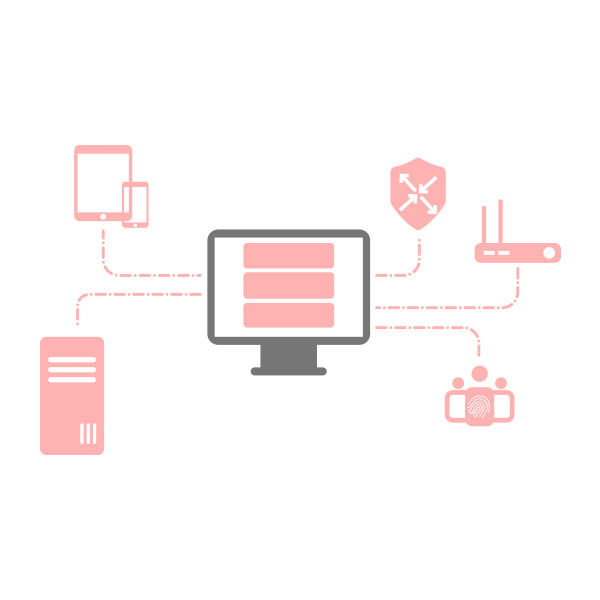Over the past decade, network control and Internet management have become critical issues for organizations that play an essential role in optimizing communications and information technology. Network management and Internet control may seem simple, but it is a complex set of operations. By controlling and managing the network and the Internet, wireless and fixed infrastructure will be integrated, and you will have full access to the entire network. The Internet has evolved from a network of traditional computers and servers into a global platform, with billions of devices connected to it every day. Statistics show that this process will continue in the coming years, and even some experts in this field believe that shortly, more than 70 billion devices will be connected to the Internet.
This article will help you understand the concept of network control and Internet management and its role in setting up secure networks.
Network control and Internet management systems or platforms allow ISPs to monitor users and how the network and its components operate. Of course, network management is not an easy task, and if you do not have the necessary experience and knowledge in this regard, you will face serious problems. If you are planning to optimize or upgrade your network, or you are planning to launch a network for the first time, you will undoubtedly need two crucial and essential components, which are:
- Network management system
- Network access control
In the following, we will explain these two.
What is a network management system?
With the network management system, you can have full access to all the details and components of the network. Items such as access points, switches, and all that users do on the web (watching videos, surfing the Internet, etc.) can be controlled and managed.
When a new network is launched, it must be constantly monitored and upgraded to identify and fix bugs.
With network management and Internet control solutions, you can troubleshoot problems or prevent them from occurring in the shortest possible time. Some network management systems have features that allow you to simulate the end-user experience and test different scenarios.
What is network access control?
One of the essential factors in having an effective and efficient network is network access control or network control. If it's not clear who has access to your network and who you allow access to, how can you protect your organization and users from threats?
Network access control is divided into identifying, defining responsibilities or roles, and implementing policies.
Identification
Network control can control IoT devices and systems with access to the network or the Internet (scanners, security cameras, smart sensors, etc.). Identification includes essential items that include:
- Who is the End-User? Do trusted users have access to your network?
- What do the users intend to access?
- Location of users trying to access your network.
- When users connect to the network (this can be very important in bandwidth distribution).
- How to connect End-Users (via smartphones, tablets, laptops, etc.).
By answering these questions, managing and controlling the network and the Internet will be more accessible. You will be able to identify who or what has access to your network correctly.
Define responsibilities or roles
At this point, you need to give users a variety of access by defining a specific "role." These roles can be anything, for example:
Teacher: Having access to various programs and Internet or network resources to provide educational services.
Student: Having access to the Internet, social networks, and email
Implementing policies
Regardless of the device or user, you can enforce predefined security policies related to roles. Network control allows service providers to meet the needs of users and provide them with a unique experience of using networks. Network control has many advantages, which we will mention in the following:
- Implement BYOD / IoT policies efficiently
- Defend the network effectively against security threats
- Troubleshooting through real-time analysis
- Check devices to reduce vulnerabilities
- Apply bandwidth controls
What is Internet control and management?
Internet management is the process of controlling and monitoring Internet networks. Measures taken in this regard include error analysis, performance management, Internet service delivery, and Quality of Service (QoS) control. Today, various software is available to control and manage the Internet, and each of them has unique features and capabilities.
Business benefits of network control and management:
- Control and optimization in the cost of bandwidth consumption
- Control and optimization in the amount of consumption time
- Assist business intelligence systems to monitor employee KPIs
- Control and supervision of ethical and organizational principles
- Provide management reports to decide how to manage time
- Creating a secure platform through network connection management
- Manage time and costs through access levels and regulate consumption
Control and management of wireless networks
Wireless network communication technology is an effective solution for businesses due to its high flexibility, cost-effectiveness, and easy installation compared to traditional fixed networks. As a result, intelligent systems can stay connected in any situation. Wireless networks, which connect IoT devices to the Internet, are constantly evolving and are less likely to crash. Therefore, controlling and managing wireless networks is much easier.












